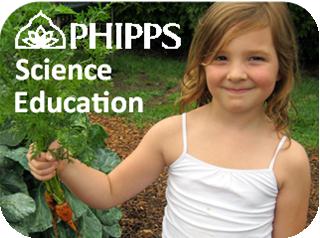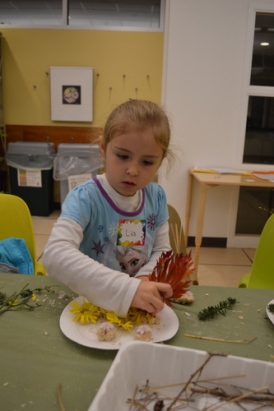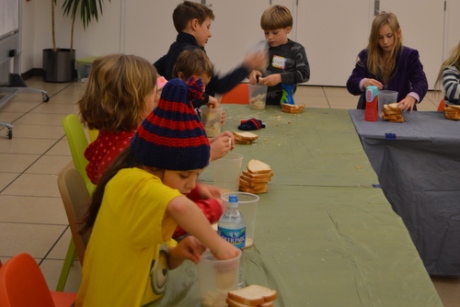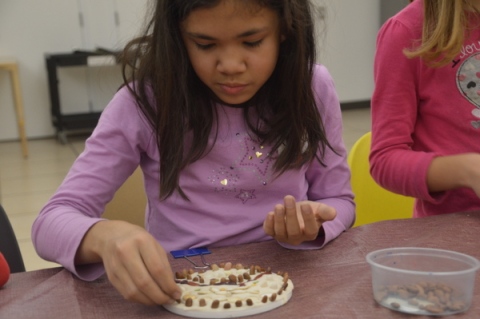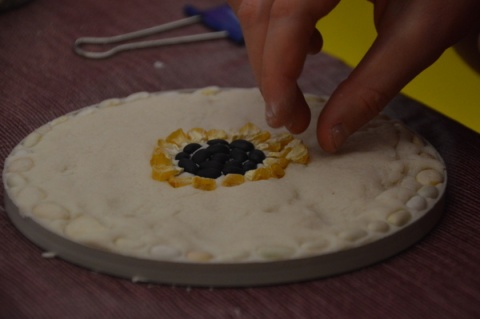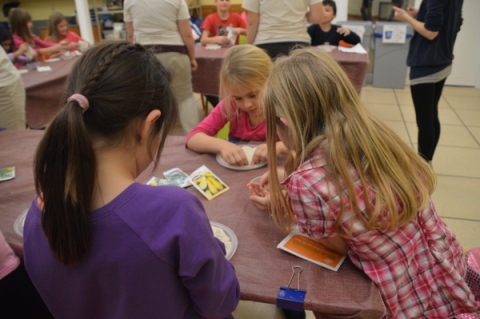One of our favorite crafts to make during camp is dough. Moldable dough is easy and fun to make with small children; it’s not a scientific recipe, but rather an imprecise collection of ingredient stirred together by little hands. It makes just enough of a mess to keep everyone happy and can turn into some seriously cute crafts. We’ve talked about dough in this space before, but this is an update on a new dough that we are loving that is made with a not-so-secret ingredient: stale bread!
Moldable Stale Bread Dough
You will need: stale white bread, white glue, dishwashing detergent
1. Cut the crust off 7 slices of bread.
2. Break the bread into tiny pieces and put them in a medium-sized bowl.
3. Add 7 teaspoons of white glue and mix thoroughly.
4. Add 1/2 teaspoon of water and 1/2 teaspoon dish washing detergent.
5. Knead your mixture until you get a nice clay consistency. If your mixture is too dry, add a bit more water.
Air drying usually takes about 24 hours.
As always, this is non-toxic, but we do not recommend eating this dough.
Imaginative play with dough
Dough gives children plenty of opportunities for imaginative play. It can be sculpted into many different shapes; our campers especially love to use cookie cutters to create animal shapes. It can also be put into silicon candy molds and shaped ice-cube trays. It is best to use silicon molds, as they can be folded inside out to remove dough. Campers also enjoy using the dough to sculpt “food” and serve it as cookies, cakes and other tea party or kitchen items.
Decorative items like seeds, glitter and plant material can be added to dough to give these sculptures additional life. For example, seeds make great eyes for a snake or beautiful patterns on a decorate stone or pot. The only limit in the imagination!
Here are a few more examples of fun dough recipes and play ideas:
Snowdough, The Imagination Tree
Moldable Sand, The Imagination Tree
Gold Cloud Dough, The Imagination Tree
The A-Z of Playdough Recipes and Activities, The Imagination Tree
Beaded Salt Dough Ornaments, Mommy-Labs
Gingerbread Salt Dough, Gemma Garner
39 Ways to Play and Learn with Playdough, The Artful Parent
To learn how we make playdough and salt dough, check out this post.
The above photos were taken by Science Education staff and volunteers.




